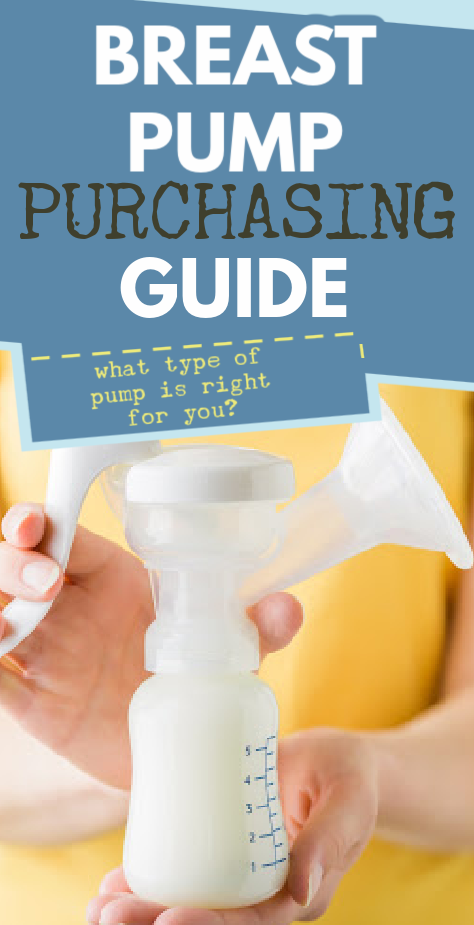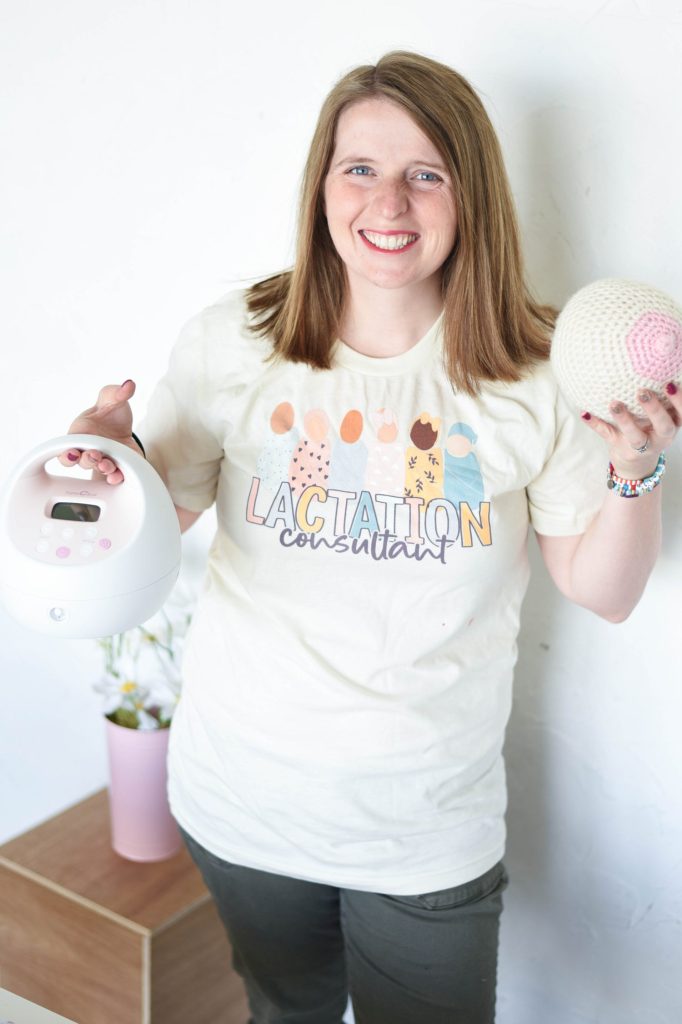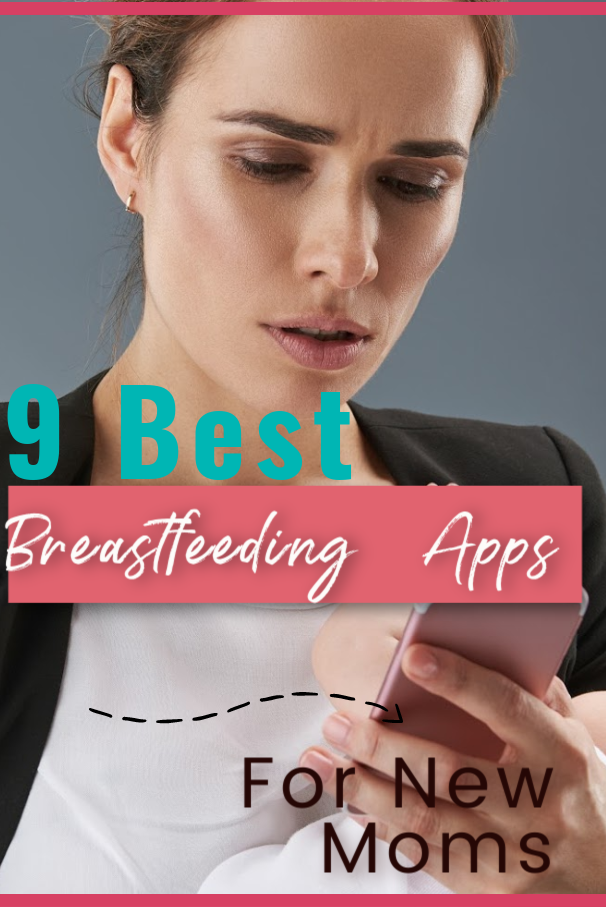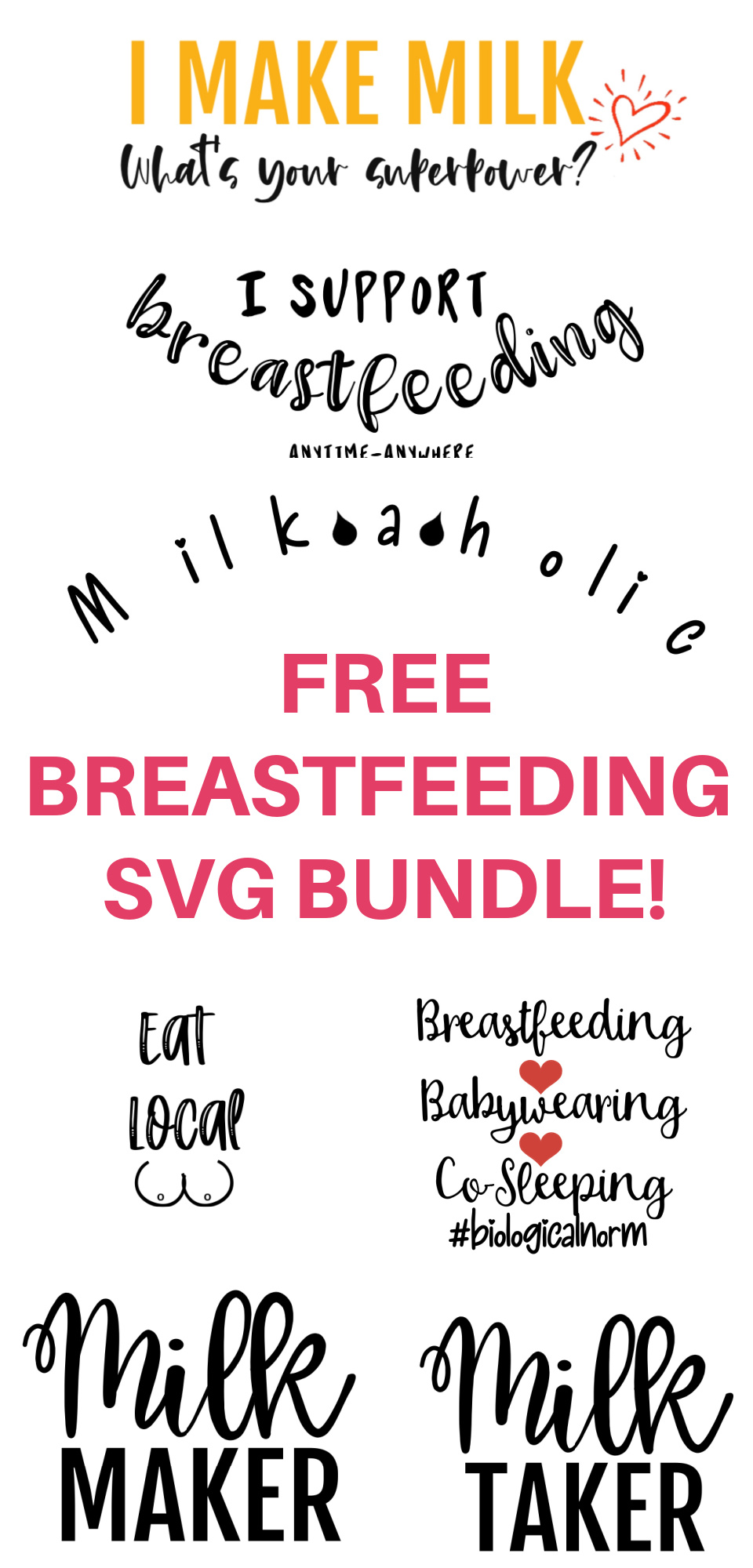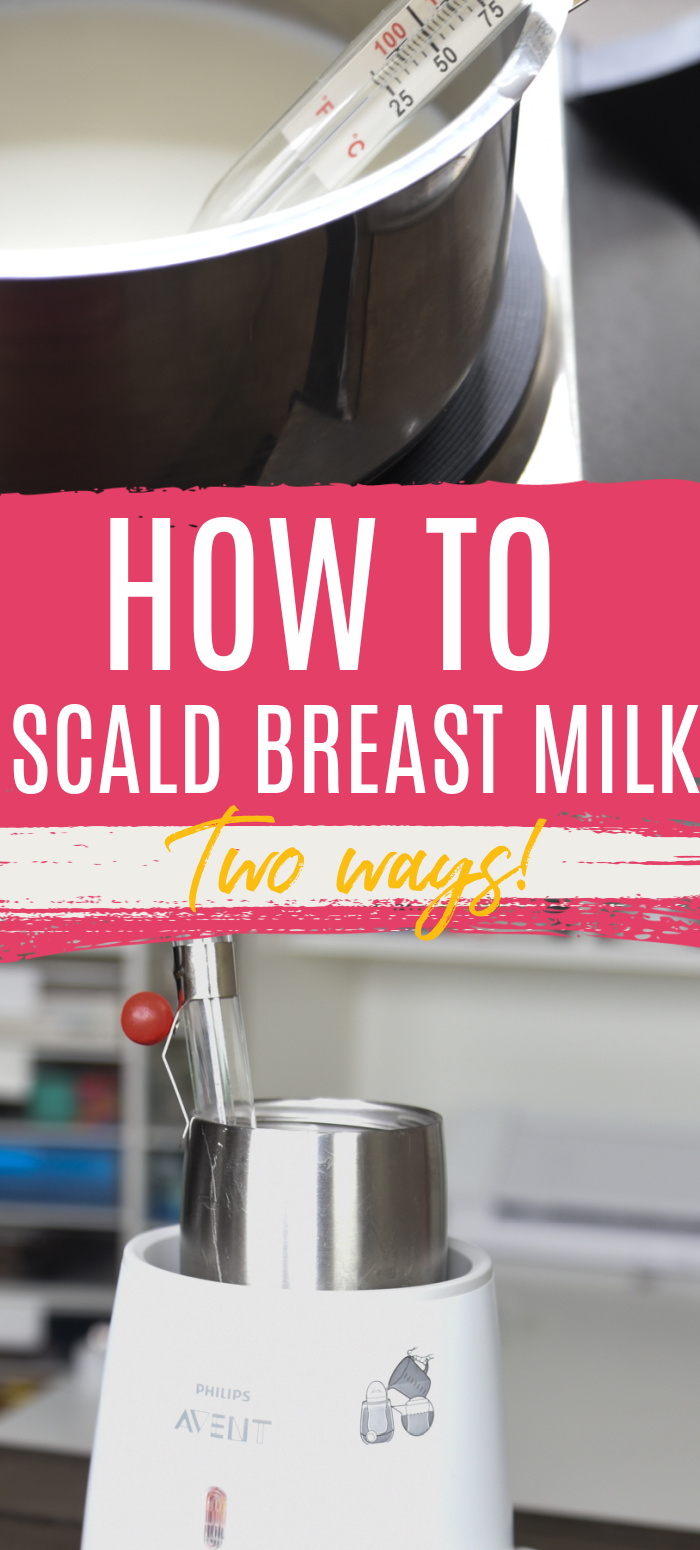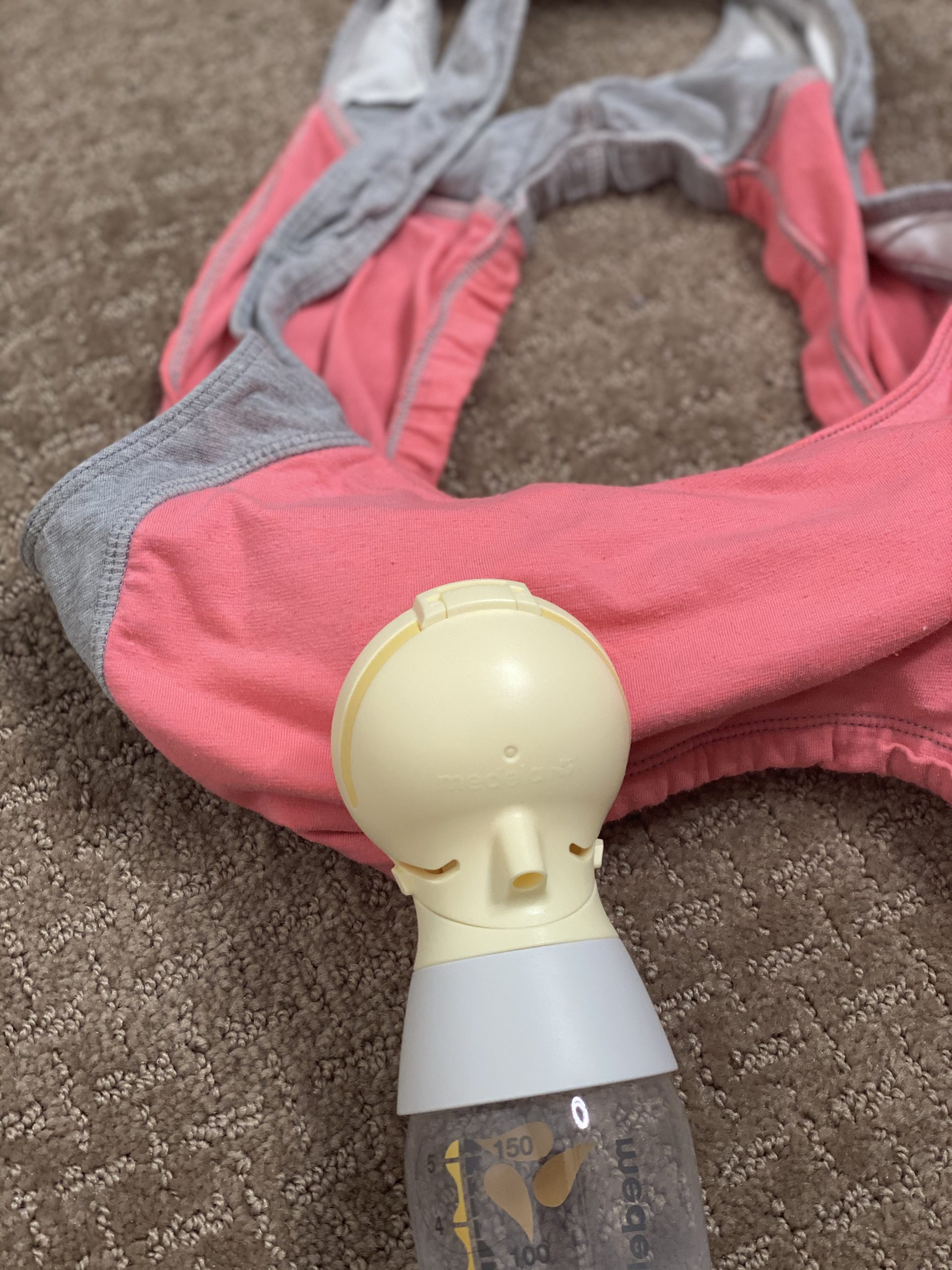You’re having a baby and have decided to pump your milk. You may have made this decision because you work full-time, struggle with engorgement, or want more flexibility to leave your baby for more extended periods. Regardless, finding the perfect breast pump for your needs is best.
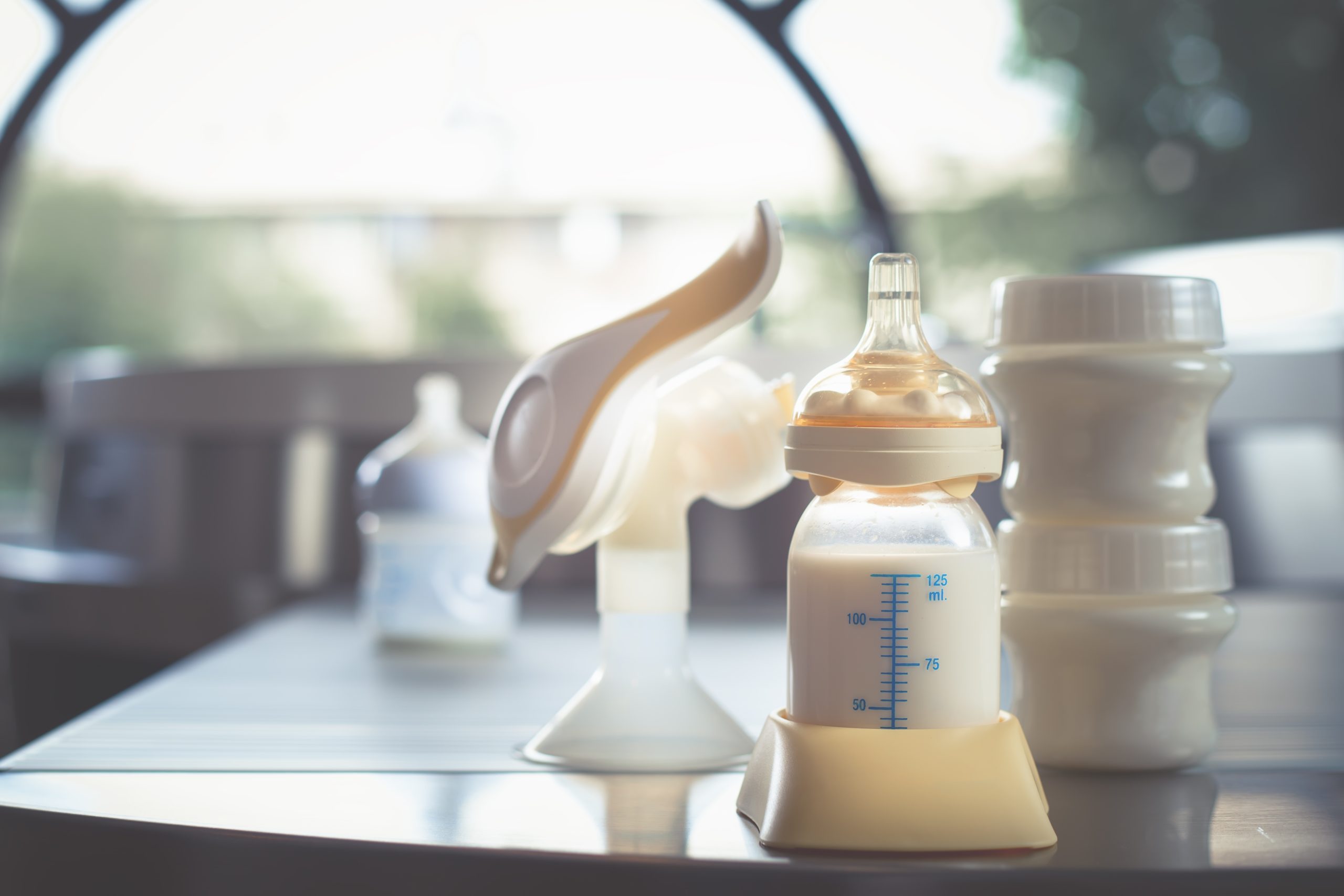
What exactly goes into choosing the perfect breast pump? Well, a wide variety of options and features may or may not be important to you.
In this post, I will review types of pumps, insurance coverage (always looking to get our mamas some deals!), what to consider when picking the right pump, and make suggestions.
Every pumping journey is unique. If you need help navigating any part of it, book a virtual consult with my team (it may be covered by insurance). We’d love to help!
Insurance Coverage for Breast Pumps
A great thing that came out of the ACA (Affordable Care Act) is that it requires insurance providers to provide new mothers with a breast pump. The breast pump type and quality might depend on your insurance provider.
You can contact your insurance provider directly to find out what type of pump is offered or use a website. My suggestion for finding out about your breast pump options is to use Aeroflow. Aeroflow is a straightforward website that requires you to input your insurance provider and personal information. A specialist will then contact you in a few days to discuss what you qualify for and how you can access the pumps directly through their website.
If you do not qualify for any breast pump or the type of pump you were hoping to purchase, there are a couple of options for you. First, Aeroflow offers some of the lowest prices on most breast pumps. Second, Aeroflow provides an upgrade option if you are not interested in the specific pump you qualify for.
Remember that Aeroflow often tries to upsell you to their breastfeeding courses. These may take up your lactation consult benefit, which can be an unhappy surprise when you use it after your baby is born. I recommend only using them for your pump purchase.
Choosing a Breast Pump
When you are choosing a breast pump, you should consider the following:
- What pumps are covered by your insurance (if you have it)
- How often are you planning to pump
- Where are you planning to pump
- What is your budget
Even if you aren’t planning to pump, I still recommend having some pump. There are many situations where you may not have intended to pump and suddenly need to, and it’s much better to have a pump ready to go than to scramble to find one (I know this from personal experience!).
Just as important as picking a breast pump is finding the right-sized flange. I discuss this more in this article – Proper Flange Fit Guide – Tips and Pictures. But I also go much more in-depth in Fuss-Free Pumping (including a video of an actual mom pumping). It’s an excellent resource for those who are pumping!
Types of Breast Pumps and Recommendations
1. Manual Breast Pump
A manual breast pump works precisely as you might expect! After attaching the pump to your breast, you manually squeeze a handle or lever, creating suction and expressing your breast milk.
This is one of my favorite types of pumps. It can be easier to use on the go, it’s excellent in emergencies, and some moms respond better to it than a traditional electric breast pump.
My Suggestion: Medela Harmony Manual Breast Pump
The Medela Harmony Manual Breast Pump uses a swivel handle to manually pump breast milk. Due to its convenient design, it doesn’t require much pressure to squeeze the handle effectively. This pump also comes with two 5 oz bottles for collecting milk and a lid to keep the milk safe! This is a small, compact option for a mom looking to pump on the go without making a massive production.
[amazon box=”B08H9QJVNZ”]
3. Traditional Electric Breast Pump
Electric breast pumps are attached to your breast with a cord connecting to a small motorized pump that creates suction, helping you express milk. This type of pump offers many more options on settings and suction levels. Similarly, the electric pump provides much power and can be used multiple times throughout the day.
Within this category, you will find TONS of options. You will discover single-user and multi-user pumps. A lot of breast pumps are honestly junk, in my opinion, so it can be helpful to go with a tried-and-true one.
Our Suggestion: Spectra S1 Double/Single Breast Pump
The Spectra S1 is a potent and highly rated breast pump. It could be a good option for breast-pumping mothers who can be more stationary while pumping, and it’s also a good option for exclusive pumping.
This pump is popular due to its low volume and high efficiency. It’s also known for being very gentle, which is great for newly nursing mothers with tender nipples.
The S1 is rechargeable, making it more portable than the S2. However, if you have regular access to the S2, it’s also a great option and might be less expensive.
Most Spectra breast pumps are covered by insurance, so they are my favorite choice.
[amazon box=”B00DBKFFJM”]
[amazon box=”B00BLBLR1I”]
3. Portable Breast Pump
Portable breast pumps are an excellent option for anyone who wants to pump on the go without being constantly tied to the wall. Various portable pumps are available these days and can often be used as primary pumps.
Our Suggestion: Pumpables Genie or The BabyBuddha.
Both of these pumps are powerful, small, and rechargeable. Many moms have used them successfully; however, I’ve found that not every mom loves them. The Baby Buddha is probably my top choice, but even the lowest setting can be intense if you are extra sensitive. I generally don’t recommend it as much for brand-new, first-time moms. You can use the code TBM for 10% off anything on their website.
The Pumpables Genie has a unique silicone flange; some moms love it. However, I’ve had some moms feel it doesn’t fit right. Because it’s a specially designed insert, it’s not as versatile if you need a different size (though I think it now goes down to 15mm). You can use the code TBM15 for 15% off.
I’m not sure if your milk supply is where it should be. Check out our free milk supply quiz to get a push in the right direction.
4. Wearable Breast Pump
Wearable breast pumps are all the rage because they allow you to complete your daily routines and rituals while pumping milk for your sweet baby! They conveniently fit directly into your nursing bra, so you can be hands-off while you pump. The milk catches in the same little container as the pump. It can also be great for moms who aren’t able to sit down at the pump regularly but don’t want to miss out on the stimulation.
Remember that these shouldn’t be used as a primary pump, as they typically cannot build and maintain a milk supply. You will likely need to get a flange insert for this breast pump – I recommend buying this flange insert kit.
Our Suggestion: Mom Cozy M5 – use them for 10% sitewide.
There are A LOT of wearable breast pumps on the market. The Elvie and Willow pumps were some of the first to market, but they can be pricey and don’t always work as you want.
We love the MomCozy breast pumps because they are very affordable, and with the right flange size, they can work well! We like the compact nature of the Mom Cozy M5, though the flange tunnel is a bit short, so keep that in mind.
5. Suction Pumps
Suction breast pumps are a form of manual breast pumps that suction to the breast and draw out milk. They are great for breastfeeding mamas who want to catch some extra milk on the side. With that said, this pump has a lot of overuse, leading to oversupply issues and fussier babies when you use it before feeding your baby.
Our Suggestion: The Haakaa Silicone Breast Pump
The most common or recognizable suction pump is the Haakaa Silicone Breast pump. We recommend this pump for individuals who want to breastfeed primarily and catch their milk letdown in the process. People love the Haakaa because it’s hands-free and easy to transport in a purse.
[amazon box=”B07CWK4S5W”]
Hospital Grade
Hospital-grade pumps are designed for multi-use among mothers and are often used in hospitals or rented out by WIC offices. They can be purchased for consumer use but are quite expensive—though there are places to rent them.
In the beginning, they were ideal for latch-less babies or for nurses to help establish a milk supply. That said, many consumer pumps have just as much suction and power—they just aren’t designed to be used by multiple mothers, nor do they have the same wavelength or programming.
Most people do not need a hospital-grade pump.
Hospital grade is often used as a marketing technique these days.
We see a lot of pumps being touted as “hospital grade”, when in reality, they aren’t any better than other breast pumps.
The only actual “hospital-grade pumps” are typically over $1,000. These are the Medela Symphony or Ameda Platinum.
Closed versus Open System
When purchasing a pump, you will hear about closed versus open systems. An open system means no barrier between the pump and your breast milk. If milk gets into the tubing, it could leak into the pump.
With a closed system, a barrier prevents this from happening, which makes it a bit more sanitary. It also opens the possibility of donating or sharing the pump with someone else, so long as the pump kit (flanges, tubing, etc) is replaced.
Summary
Choosing a breast pump can be an extremely overwhelming decision! I hope that this post helped narrow things down for you and simplify the variety of choices you have.
More Posts You May Enjoy:
- Pumping Through a Power Outage: What You Should Know
- 9 Must-Know Tips for Weaning from a Nipple Shield
- 9 Reasons You Stopped Responding to Your Breast Pump
